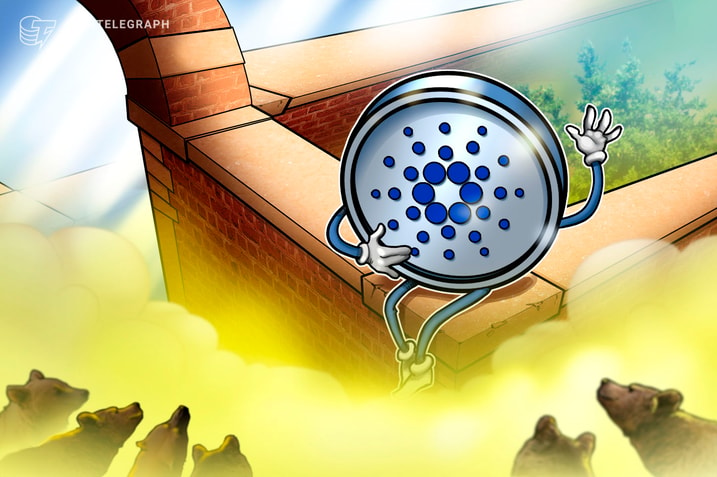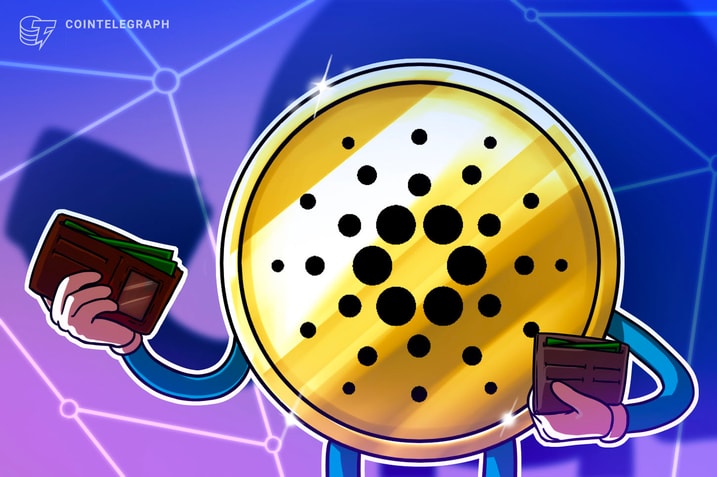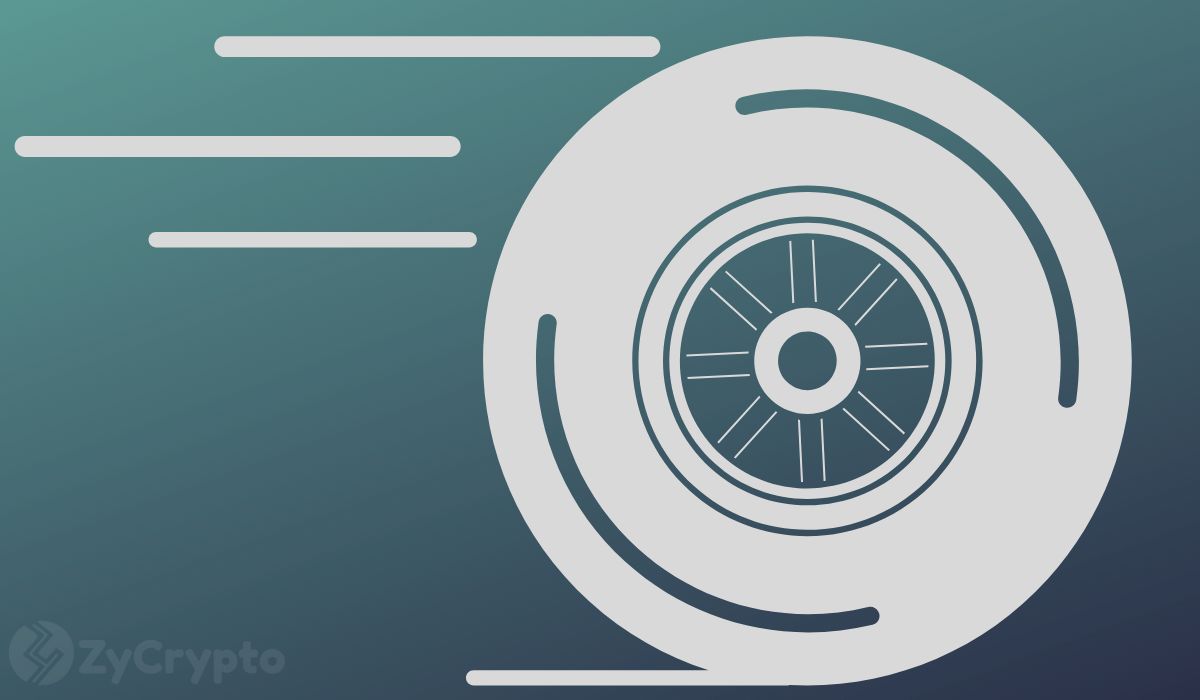What is the Cardano Chang hard fork?
The Chang hard fork marks the beginning of the Voltaire era, introducing decentralized governance mechanisms.

Key takeaways
- The Chang hard fork marks the beginning of the Voltaire era, introducing decentralized governance mechanisms.
- The fork enables onchain voting, allowing stakeholders to propose and vote on protocol changes directly on the blockchain.
- Significant upgrades to Cardano’s smart contract platform, including advanced cryptographic capabilities and new primitives.
- The Chang hard fork improves stake pool operations, including refined fee calculations and better management of stake pool deposits.
- The hard fork’s success depends on effective community collaboration and overcoming potential challenges in governance and decision-making.
A hard fork is a major update to a blockchain that creates a new chain running parallel to the original but with different protocols or features. Hard forks often bring significant changes, like new functionalities or fixes to critical issues, and they can sometimes cause a split in the community as different participants may prefer one version over the other.
Importantly, this new version isn’t backward compatible with the old one. That’s why it’s known as a “hard fork” — it’s a more drastic change to a blockchain.
Bitcoin Cash, for instance, is a well-known hard fork of Bitcoin. In 2017, the Bitcoin community split over how to scale the network to handle more transactions. The disagreement led to the creation of Bitcoin Cash, a separate blockchain with larger block sizes, allowing more transactions per block. This fork was incompatible with the original Bitcoin blockchain, creating two distinct cryptocurrencies.
Think of a hard fork as reaching a crossroads where the path splits into two completely different trails. One trail continues straight ahead, while the other veers off in a new direction with different scenery and challenges. You can’t switch back once you choose a path — each trail leads to a distinct destination.
Are soft forks the same as hard forks?
No, soft forks are backward-compatible changes. They don’t create a new chain but instead update the existing one. Soft forks typically introduce new rules that are compatible with the old blockchain, meaning that non-upgraded nodes can still recognize the new blocks as valid.
The Segregated Witness (SegWit) upgrade on the Bitcoin network was a soft fork. Unlike a hard fork, SegWit did not create a new blockchain; it simply modified the existing Bitcoin blockchain. SegWit was introduced in 2017 to increase the block size limit and improve transaction malleability. Because it was a soft fork, it was backward-compatible, meaning that nodes that didn’t upgrade could still function on the network without issue.
In this sense, a soft fork is like encountering a path that has been widened or slightly adjusted, but it’s still the same trail you’ve been walking on. The new features make the journey smoother or add new options, but you’re still heading in the same direction as before.
Did you know? The first major hard fork in blockchain history occurred in 2016 with Ethereum. It was called “The DAO Fork,” and it was a response to a massive hack in which $50 million worth of Ether was stolen from a smart contract known as “The DAO.”
Overview of the Cardano Chang hard fork
Cardano is a blockchain launched in 2017 that incorporates Ouroboros — considered one of the best proof-of-stake consensus algorithms because it effectively balances security, decentralization and energy efficiency.
It’s known for its rigorous approach to development, grounded in academic research and peer-reviewed studies.
Indeed, with low transaction fees, excellent community engagement, and strong technical grounding, users and developers continue to build and invest in the platform.
The Cardano Chang hard fork is a key milestone in the Cardano blockchain’s development. Security has been beefed up, but the hard fork’s primary aim is to advance Cardano’s roadmap, particularly as the project moves toward the Voltaire era.
It’s important to note that Cardano’s hard fork is different from typical hard forks. Cardano utilizes a “Hard Fork Combinator” mechanism, allowing seamless upgrades without creating a split in the blockchain. Unlike traditional hard forks, which often result in two separate chains, Cardano’s process maintains a single continuous chain, ensuring smooth transitions without disruption.
A combinator is a technical term that refers to the combination of specific processes or elements. In Cardano’s case, the hard fork combinator merges different protocols, allowing smooth transitions between eras without any system interruptions or restarts.
This is a new stage where Cardano’s
holders will have a more direct say in the future of Cardano, participating in decisions that shape the network’s direction. It’s a move toward community-driven governance and a major step in realizing Cardano’s vision of a fully decentralized blockchain platform.

Did you know? The “Chang hard fork” is named after Tsutomu Chang, a mathematician and cryptographer whose work has significantly influenced the development of blockchain technology, particularly in areas related to cryptographic algorithms and decentralized systems. Cardano often names its major upgrades after influential figures in mathematics and science as a way to honor their contributions to the fields that underpin blockchain technology.
Comparing Chang with previous Cardano upgrades
The Chang hard fork is the latest in a series of significant upgrades that have shaped Cardano’s evolution. In the Cardano roadmap, these upgrades are sorted into “eras.”
Byron era (foundation)
Before the introduction of hard forks, Cardano’s journey began with the Byron era, the foundational stage of the Cardano blockchain. Launched in September 2017, this era established the network’s core, including launching the ADA cryptocurrency and creating the Daedalus wallet.
The Byron era was a federated phase, where the network was controlled by a small group of nodes operated by IOHK, Emurgo and the Cardano Foundation.

Shelley hard fork (decentralization)
The Shelley hard fork, implemented in July 2020, marked the network’s transition from the Byron era to the Shelley era, focusing on decentralization. This hard fork introduced staking and delegation, allowing ADA holders to participate in securing the network by either running their own stake pools or delegating their ADA to existing pools.
The decentralization achieved with Shelley was a significant step toward Cardano’s goal of becoming a fully decentralized blockchain, shifting the network’s control from a centralized model to a distributed, community-driven one.

Goguen Era (smart contracts) — Alonzo hard fork
The Alonzo hard fork, completed in September 2021, ushered in the Goguen era, bringing smart contract functionality to Cardano. This upgrade allowed developers to build and deploy decentralized applications (DApps) on the blockchain, significantly expanding the network’s capabilities beyond simple transactions.
The introduction of smart contracts was a crucial step in enabling complex financial services, decentralized finance (DeFi) applications and non-fungible tokens (NFTs), making Cardano a more versatile and competitive platform in the blockchain space.

Basho era (scalability and optimization)
Following the Alonzo upgrade, the Basho era focuses on optimizing Cardano’s scalability and performance. This era includes various updates and improvements, such as the Vasil hard fork, named after Vasil Dabov, a Cardano community member.
The Basho era aims to enhance the network’s throughput and interoperability, ensuring that Cardano can handle a higher volume of transactions and support more complex DApps with greater efficiency.

Voltaire era (governance) — Chang Hard Fork
At last, the Chang hard fork is the latest in the series of upgrades, marking the beginning of the Voltaire era.
In the team’s own words:
“The Voltaire era of Cardano will provide the final pieces required for the Cardano network to become a self-sustaining system.”

Did you know? Cardano keeps to a naming theme. For example, the Shelley hard fork is named after Percy Bysshe Shelley, an English Romantic poet known for his radical ideas, while the Alonzo hard fork is named after Alonzo Church, an American mathematician and logician who developed lambda calculus, a formal system that laid the groundwork for much of modern theoretical computer science.
Technical aspects of the Chang hard fork
The Cardano Chang hard fork brings several key technical upgrades that enhance the network’s performance and capabilities.
Decentralized governance mechanisms
Through Chang, Cardano institutes onchain governance processes, including the creation of a constitutional committee (CC), delegated representatives (DReps) and a new governance role for stake pool operators (SPOs).
These elements are designed to foster community-driven decision-making, allowing stakeholders to directly influence protocol changes and network governance. The CC is tasked with upholding the network’s constitution, ensuring that all changes align with the community’s vision, while DReps allow ADA holders to delegate their voting power to trusted representatives, streamlining the governance process.
Onchain voting
Chang also facilitates onchain voting, a critical component of decentralized governance. This feature enables stakeholders to propose and vote on protocol changes and other governance-related matters directly on the blockchain.
Onchain voting ensures transparency and accountability in decision-making, as all votes and proposals are recorded on the ledger, allowing the entire community to participate in and observe the governance process. This mechanism enhances the legitimacy of governance decisions and encourages broader participation from ADA holders.
PlutusV3 ledger language enhancements
PlutusV3 introduces advanced primitives and cryptographic capabilities that enhance the functionality and security of smart contracts on the network.
Key improvements include:
- BLS12-381 primitives: A collection of new built-in functions that are crucial for cryptographic operations, particularly for efficient verification of zero-knowledge proofs, which are essential for privacy and security on the blockchain.
- New hash primitives: The addition of Blake2b-224 and Keccak-256 cryptographic hash functions. These are used to validate transaction signatures, improve compatibility with Ethereum, secure data verification processes and enhance Cardano's overall security framework.
- Sums of products (SOPs): This new approach to encoding data types in Plutus Core improves script efficiency and optimizes code generation for Plutus Core compilers. This leads to faster program execution and more streamlined smart contract development, making PlutusV3 more powerful and flexible for developers.
- Bitwise primitives: The introduction of two new bitwise primitives, integerToByteString and byteStringToInteger, provides robust capabilities for low-level bit manipulations. These primitives enhance performance optimization, cryptographic support and the efficiency of algorithms and data structures within smart contracts, allowing for more complex and efficient DApp development.
Additional functionalities
Beyond these core upgrades, the Chang hard fork introduces several other functionalities:
- Reference scripts for Plutus v1: This upgrade enables legacy scripts to leverage reference scripts, reducing DApp costs and increasing onchain capacity. This change is particularly important for optimizing the cost and scalability of decentralized applications on Cardano.
- The minFeeRefScriptsCoinsPerByte protocol parameter: This new protocol parameter refines the Plutus cost model, allowing for more precise fee calculations by enabling separate tuning of costs for reference scripts. This adjustment ensures that fees remain fair and predictable, even as the network scales.
- Adjustments to SPO deposits: The Chang hard fork introduces individual tracking of SPO deposits, distinguishing between stake address registration deposits and stake pool registration deposits. This distinction — retroactively applied back to the Shelley era — improves the transparency and management of deposits on the network.
- General ledger rules improvements: Various improvements to the general ledger rules are also included in the Chang upgrade, ensuring that the ledger operates more efficiently and securely.
Future prospects post-Chang hard fork
As discussed, the hard fork marks the beginning of the Voltaire era, with a focus on decentralized governance.
The first phase involves the release of an interim version of the Cardano constitution by Intersect, a member-based organization within the Cardano ecosystem. This phase also includes the formation of an interim CC, initially comprising seven members, three of whom are from the Cardano community.
The second phase will further decentralize governance by introducing dReps, allowing ADA holders to delegate their voting power to trusted representatives. This transition will ultimately place the future of Cardano in the hands of its community, aligning with the network’s long-term vision of a self-sustaining, decentralized ecosystem.
While the prospects are promising, the path to full decentralization is not without challenges.
For instance, ensuring that a diverse and representative group of community members is elected to the CC will be crucial. Additionally, there is potential for fragmentation within the community, especially as new governance mechanisms are tested and refined.
Thus, while the Chang hard fork is an exciting update to the Cardano network, its success will largely depend on the community’s ability to collaborate effectively and make informed decisions about the network’s future.
Delegate Your Voting Power to FEED DRep in Cardano Governance.
DRep ID: drep12ukt4ctzmtf6l5rj76cddgf3dvuy0lfz7uky08jfvgr9ugaapz4 | We are driven to register as a DRep by our deep dedication to the Cardano ecosystem and our aspiration to take an active role in its development, ensuring that its progress stays true to the principles of decentralization, security, and community empowerment.DELEGATE VOTING POWER!









